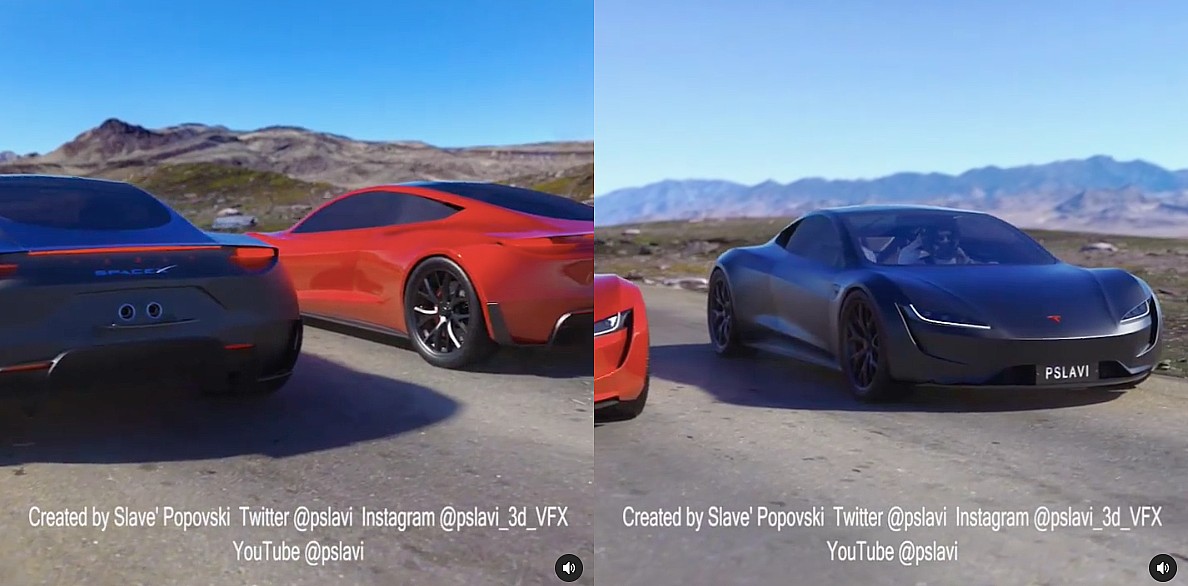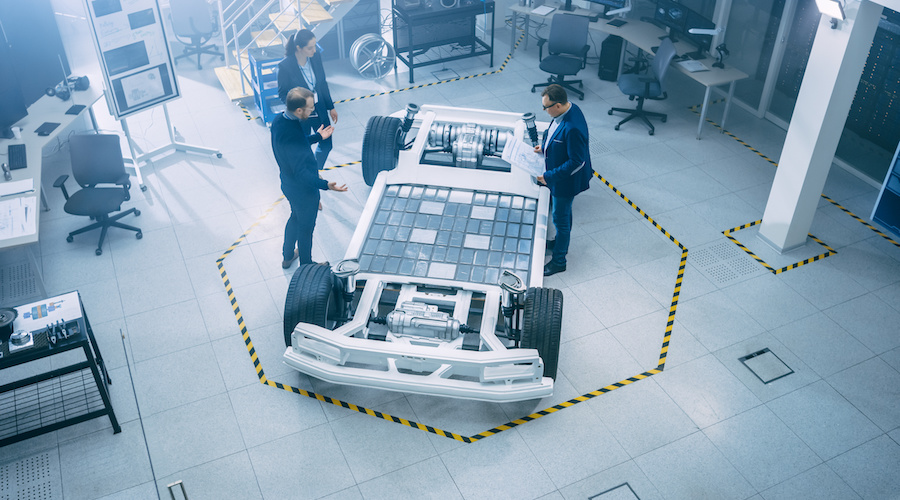Barrie VW has two L2 and one L3. L2 spots had a 370Z and RS7 in them the last time I went by. Apparently L3 charger went offline last fall and there are no immediate plans to bring it back online. I guess if they start sell ID's they won't have a choice but to have a L3 charger somewhere (may not be public access though).There's a good question ... For now, most of these charging locations just have two spots. (Plugshare says, individually, how many each spot has.)
In the times when I happened to see these charging stations, most of the time, no one is using them. Sometimes one.
Mass EV adoption will require an expansion ... no question of that.
As much as I think self-driving is stupid and dangerous, in a somewhat controlled area, it could easily move vehicles around to access charger. You pull into a queue spot and enable charging and walk away. Cars move themselves to the charger when it is available and then on to a parking spot when done to free up the charger bay. Probably cheaper to implement than multiple L3 chargers. Gets your capacity factor up substantially as the charger is only empty for a minute or two while the cars are moving.


















